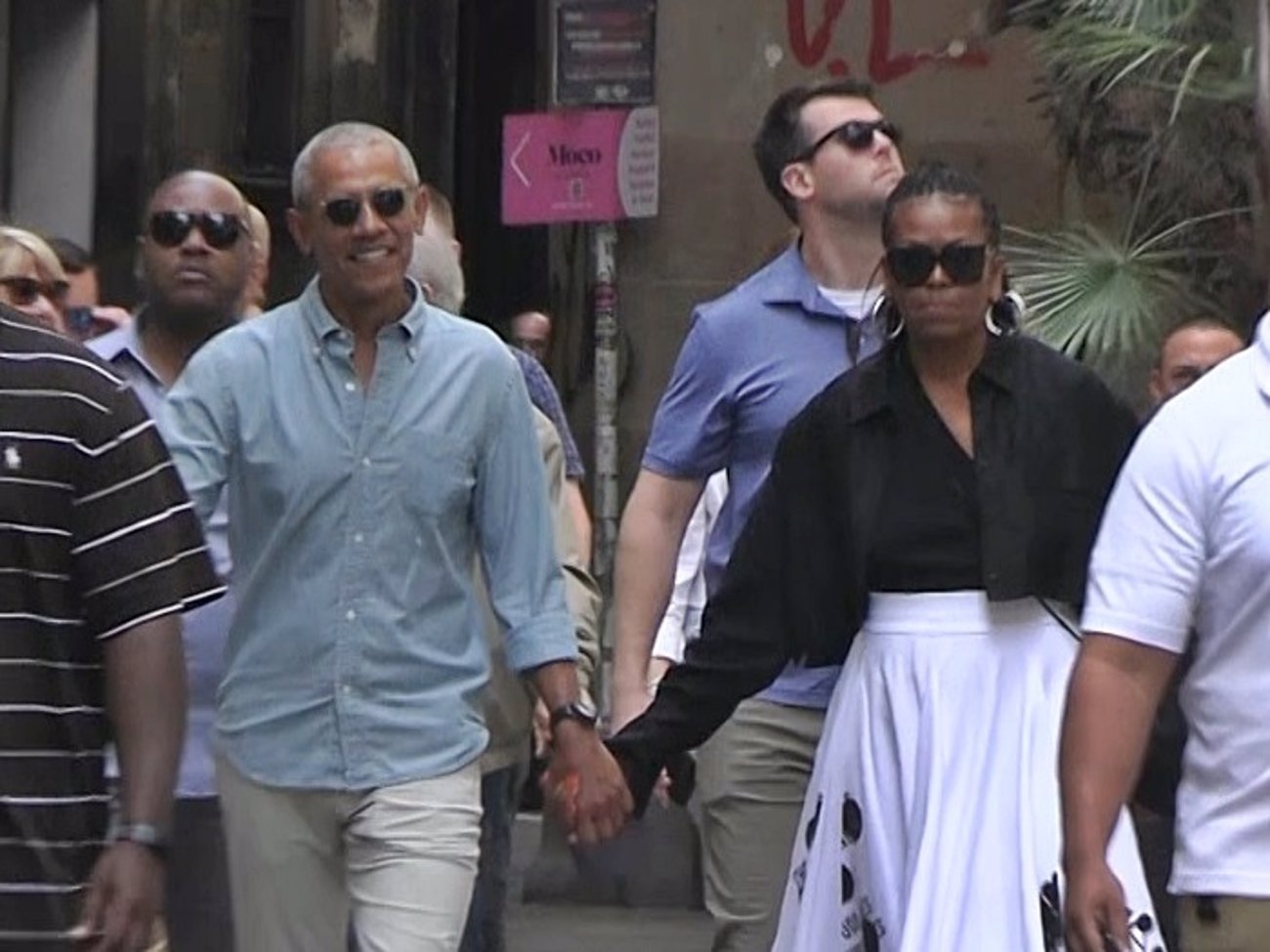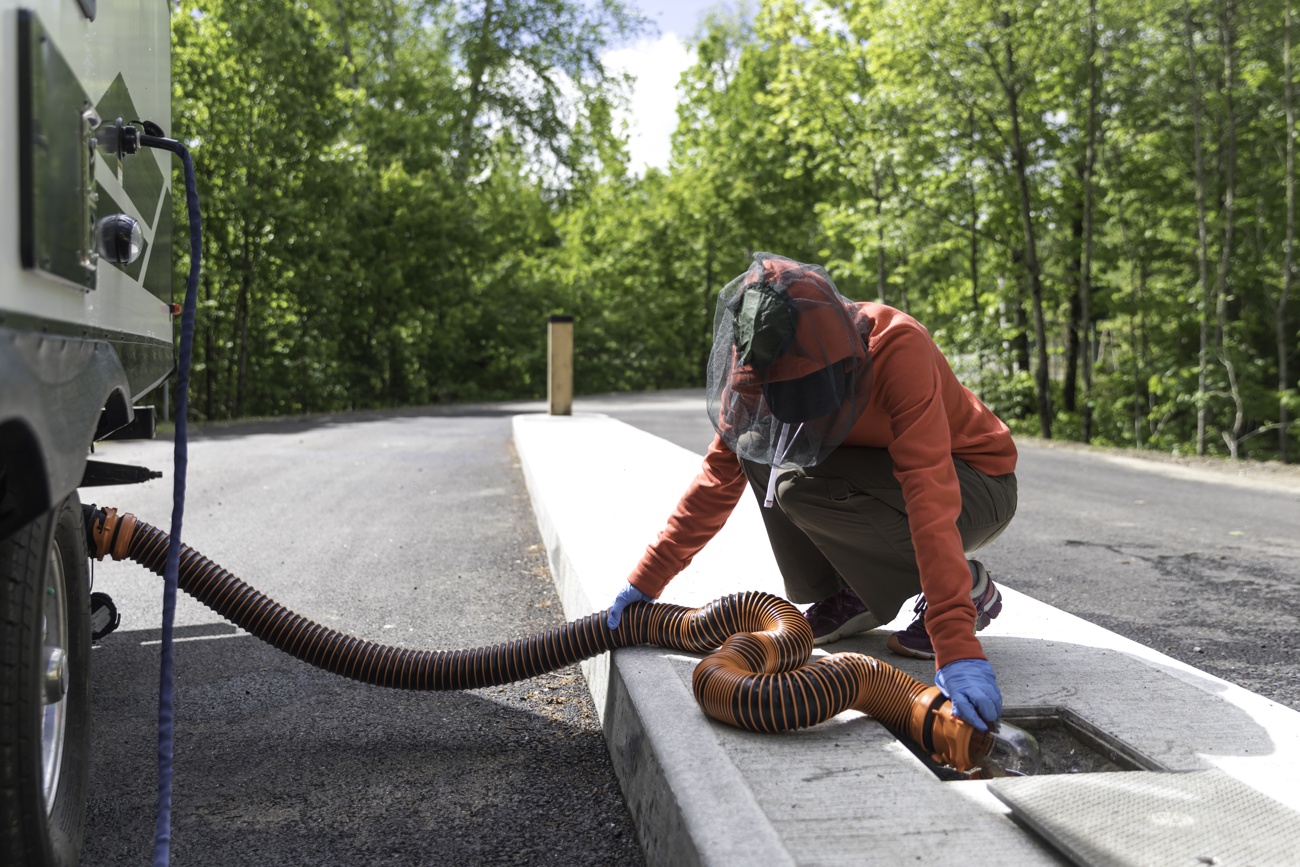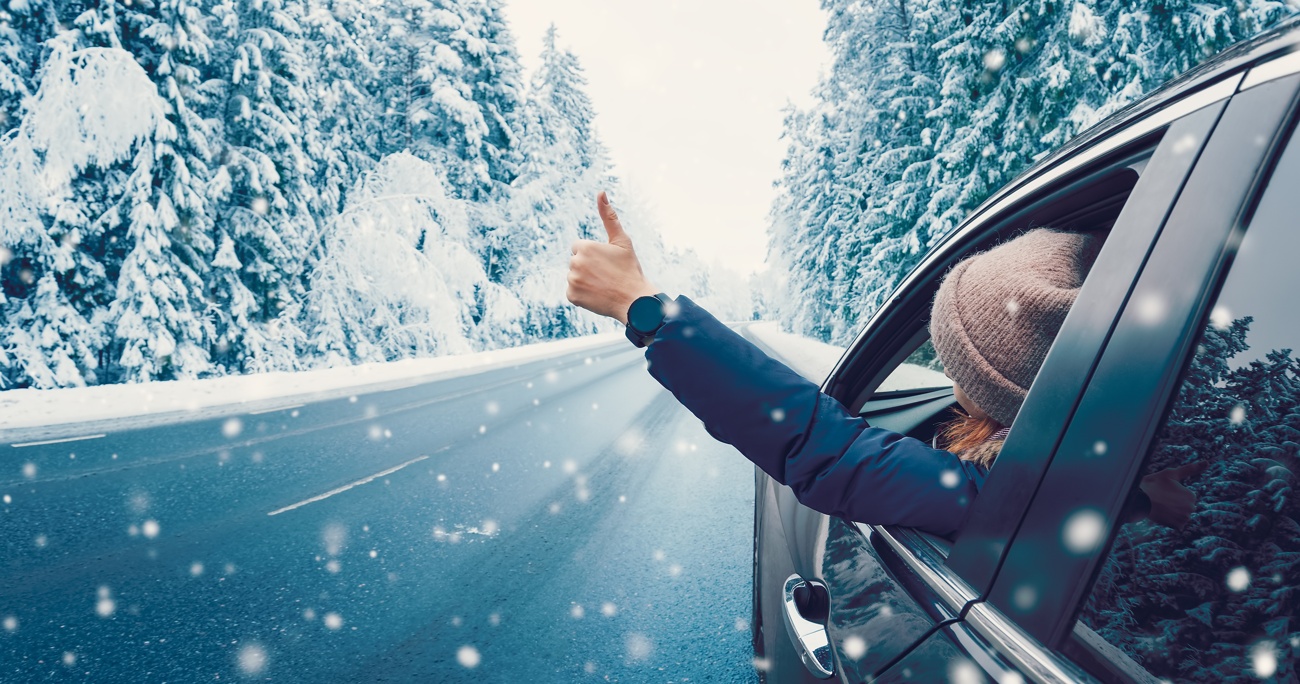
Increased travel
Winter and the Christmas vacations are coming and road travel increases during these dates in which weather conditions are not always the most suitable, so we offer you a series of tips to keep in mind when getting into your vehicle.
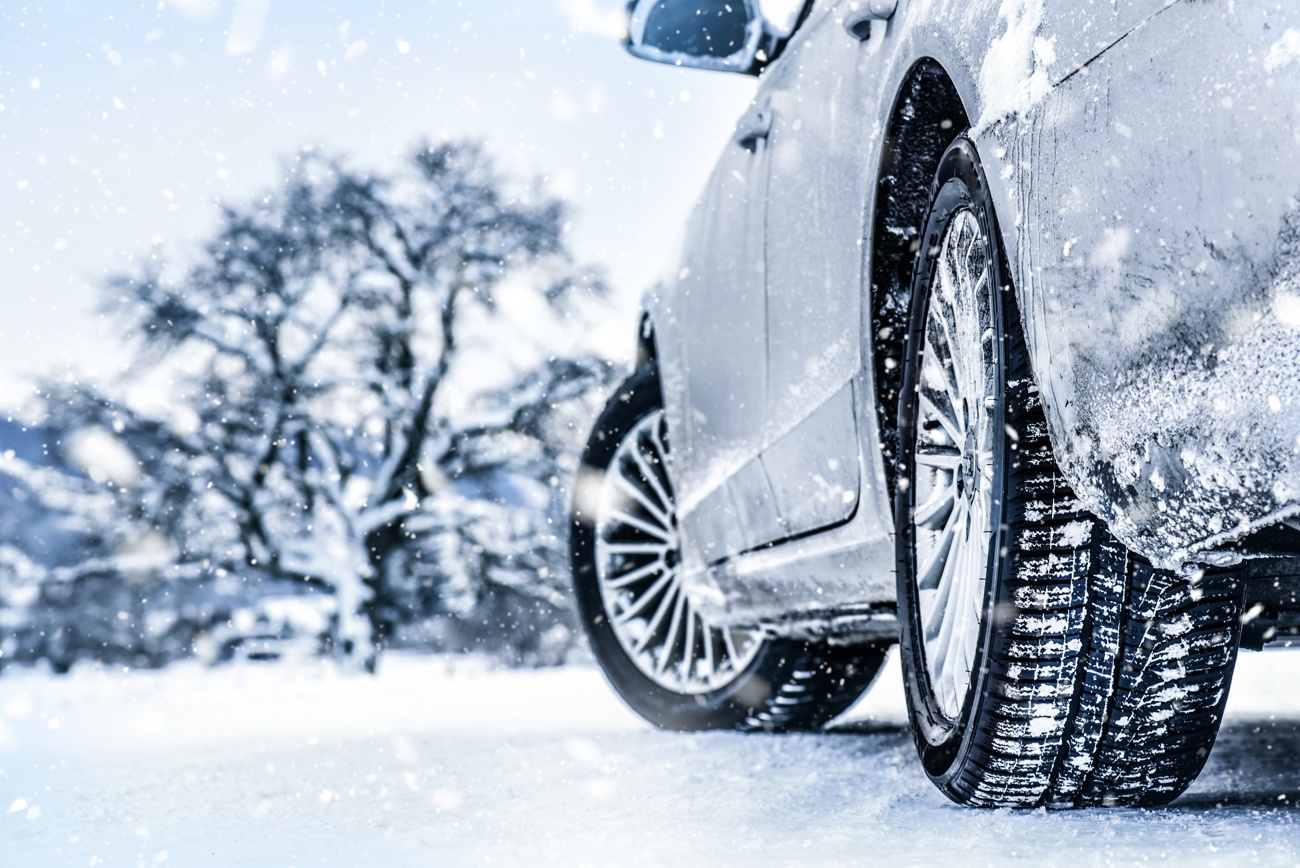
The cold, protagonist
We must be clear that the cold is going to be the protagonist, whatever the conditions that accompany it: sun, rain, snow, hail, fog, ice… That is why it is important to prevent its damages by tuning our vehicle and planning the trip properly.
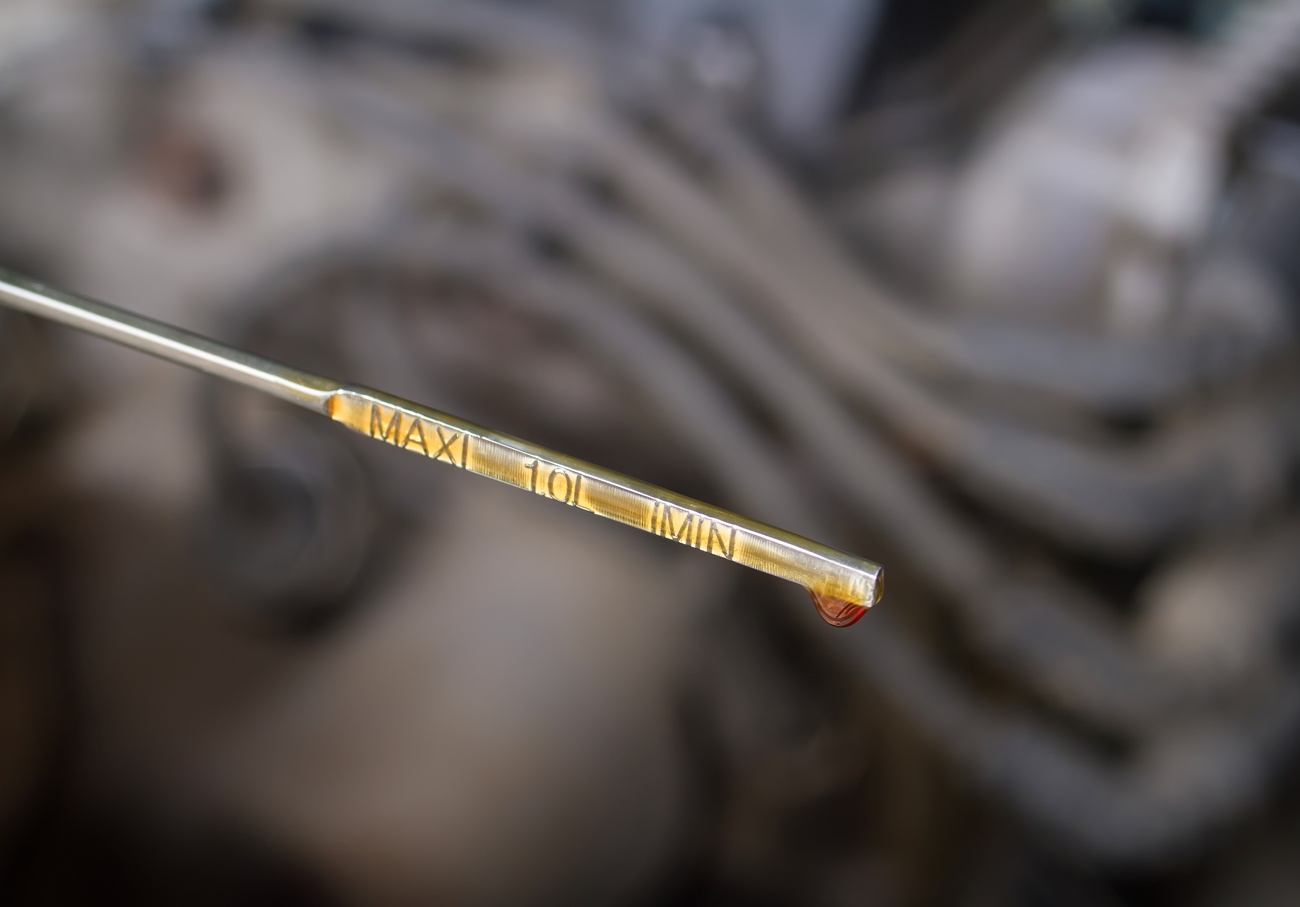
Preventive overhaul
In a preventive review before setting off, it is essential to check the vehicle’s fluid levels, brakes, tire condition and pressure, steering and, in short, the general mechanical condition of the car, as well as other essential points if we want to avoid more than one disappointment if the weather surprises us: windshield wipers, lighting, headlight and window cleaning, …
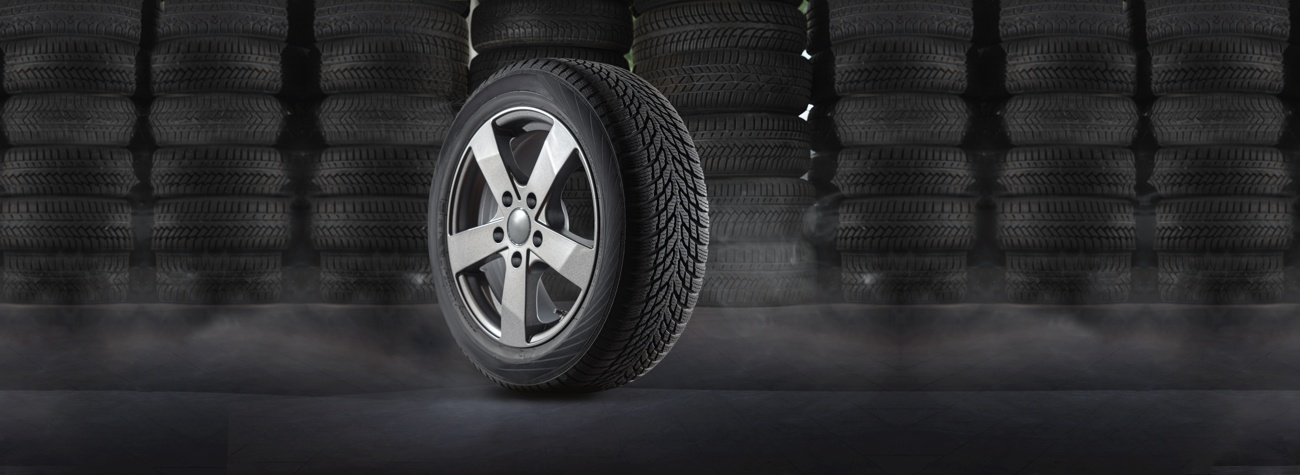
Controls tires and other signals
In addition, be sure to carry a spare tire or puncture repair kit, a reflective vest and two triangles or a V-16 luminous beacon, in case of any other incident that may force you to stop your car on the road.
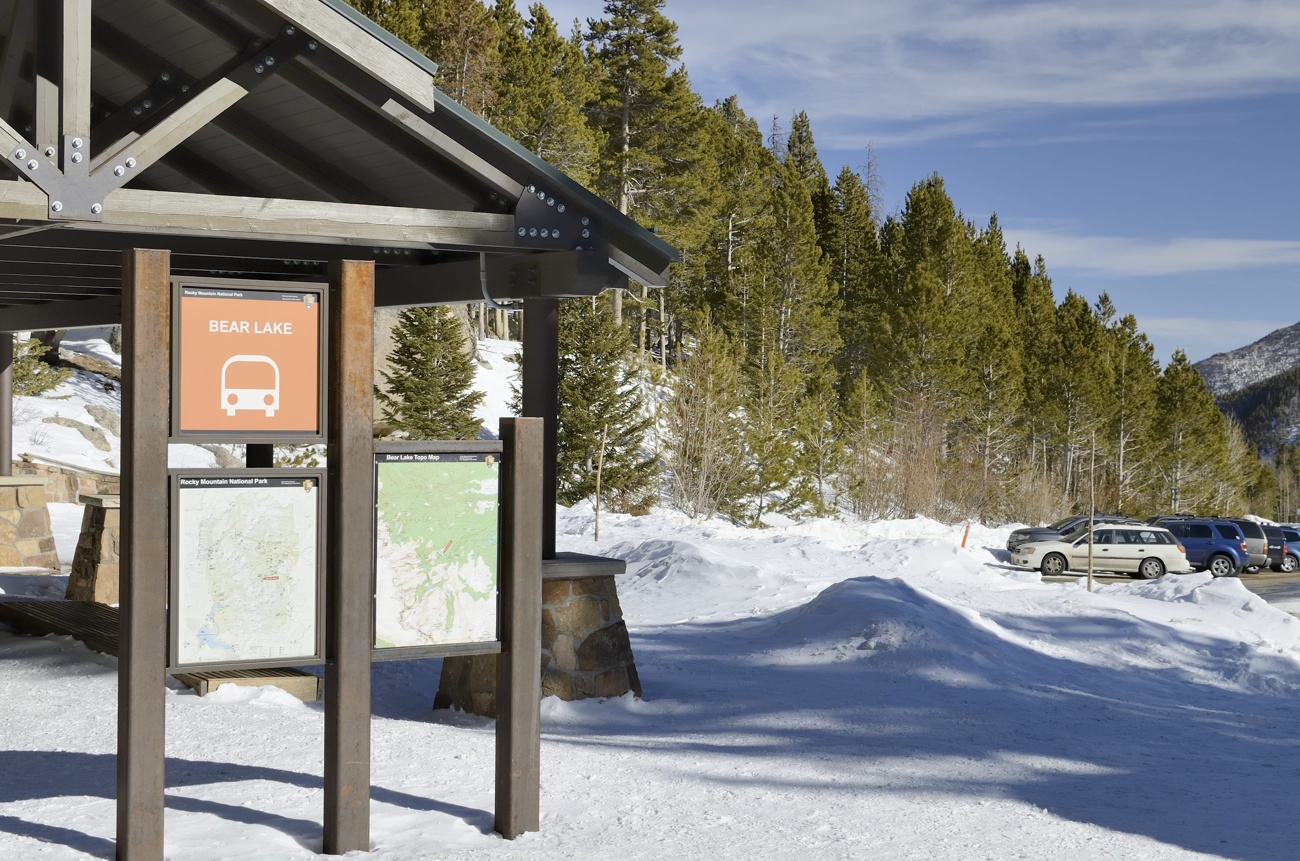
Consult the route
Checking the route, locating resting and refueling places (either for fuel or electricity), as well as the weather forecast and road conditions, will also help us to find a better solution in case of an unpleasant surprise.
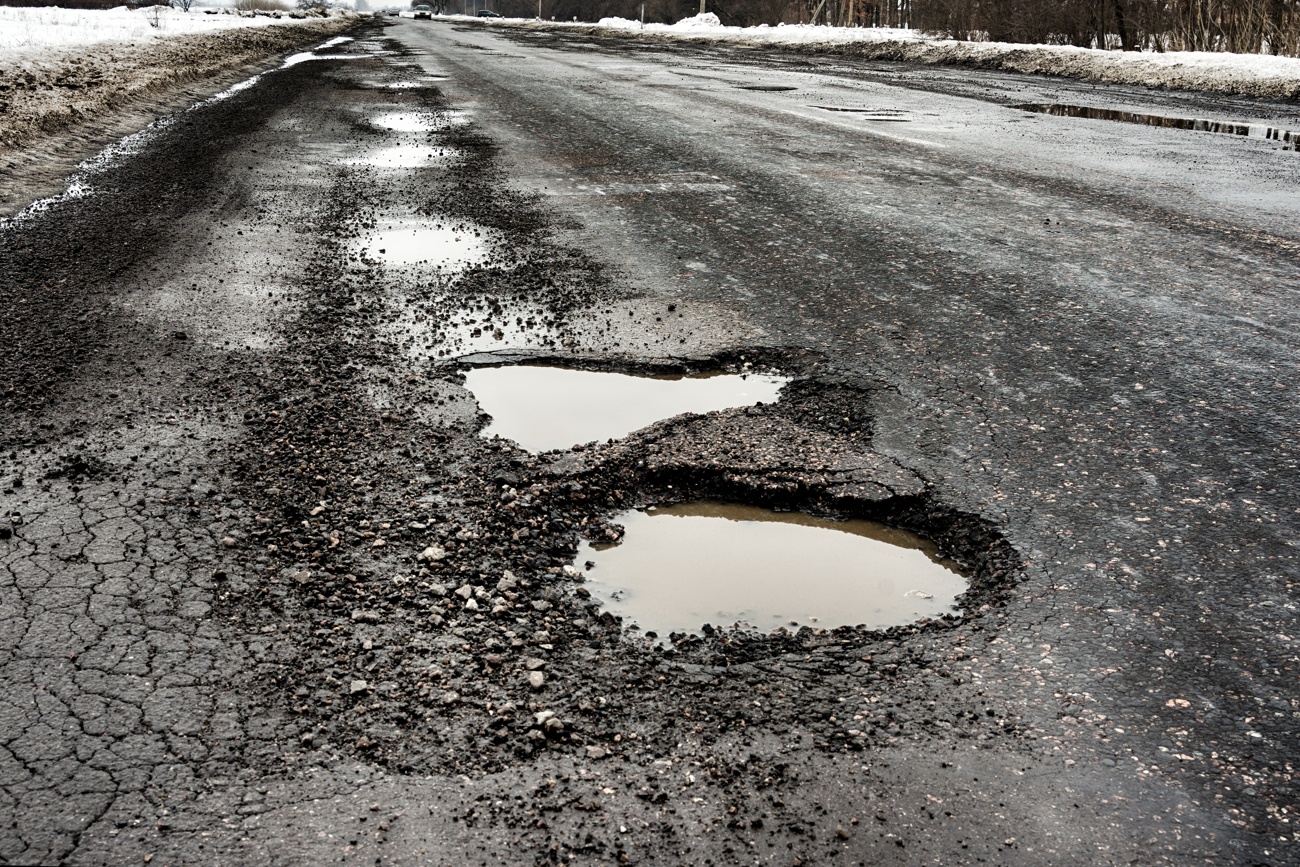
Check road conditions
The state of conservation of roads is not always the most desirable and it is not difficult to find poorly marked stretches with cracks in the road surface, disintegration, deformation of the road surface and erratic cracks.

The most dangerous stretch
Thus, before setting off, it is important to take into account which is the most dangerous stretch, or at least the one with the highest number of accidents.
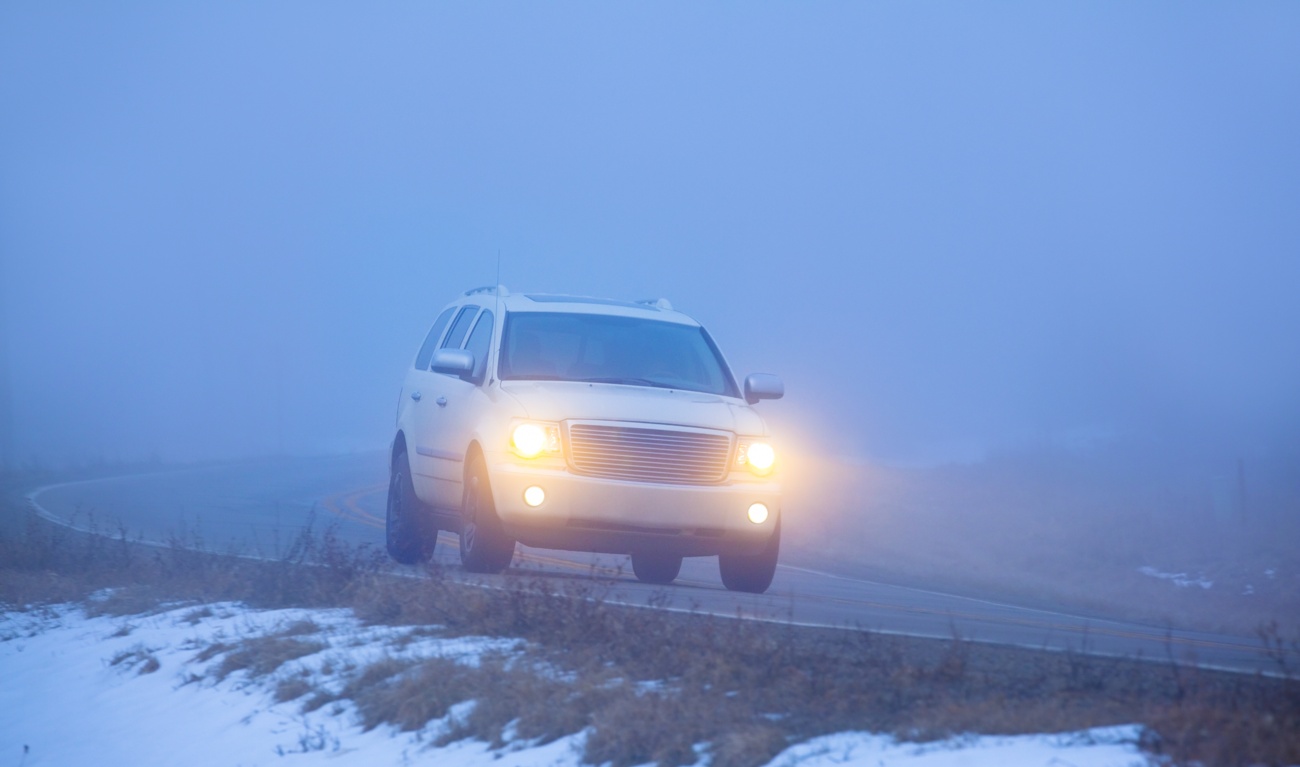
Adverse weather and darkness
Driving in fog, rain, snow, ice, ice, wind is a risky practice that we should avoid as much as possible. However, if we are surprised in the middle of a trip, a series of tips should be taken into account.
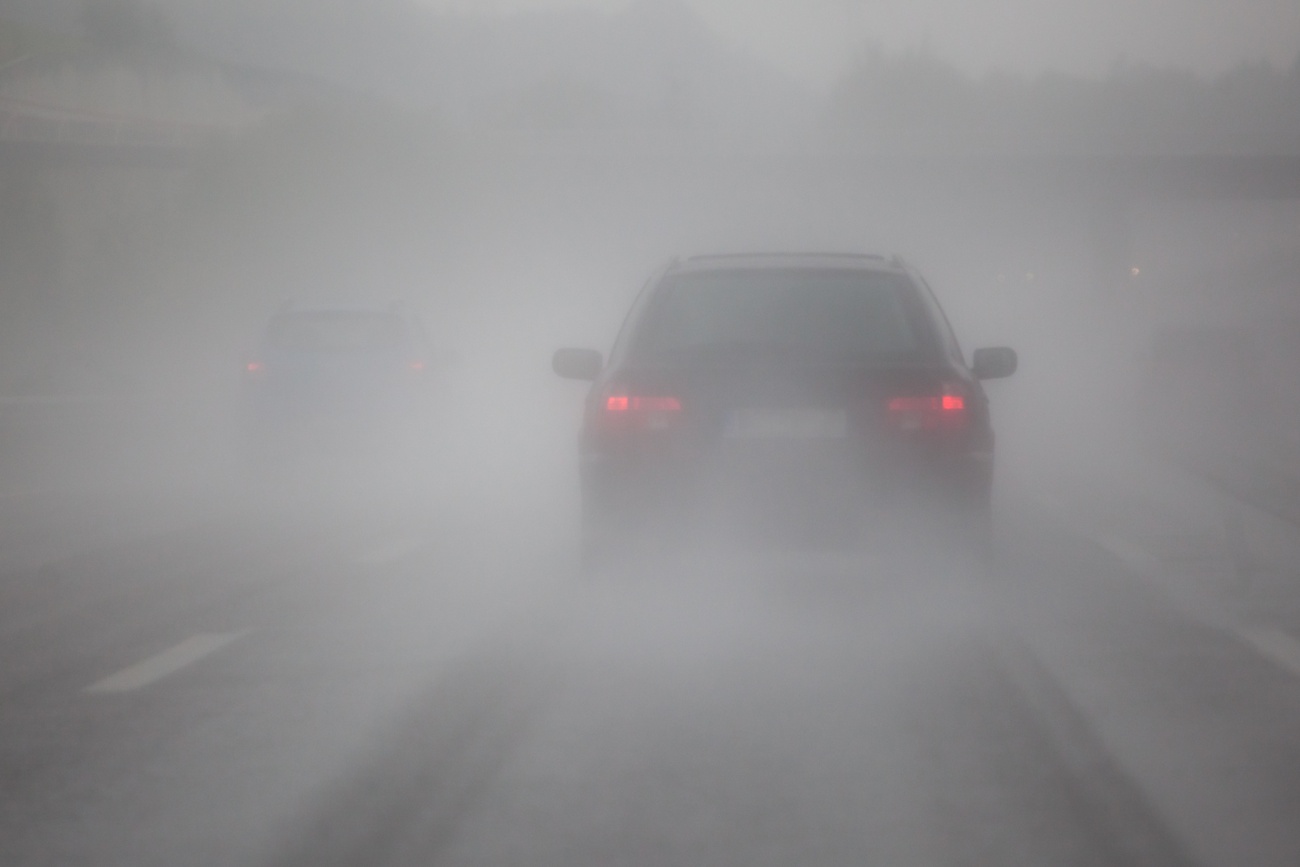
Appropriate lighting
Visibility is drastically reduced in the middle of a fog bank, so it is advisable to turn on the dipped headlights and fog lights whenever visibility is reduced, adapt the speed and safety distance to the vehicle in front (always watching your brake light), do not brake sharply and avoid overtaking.
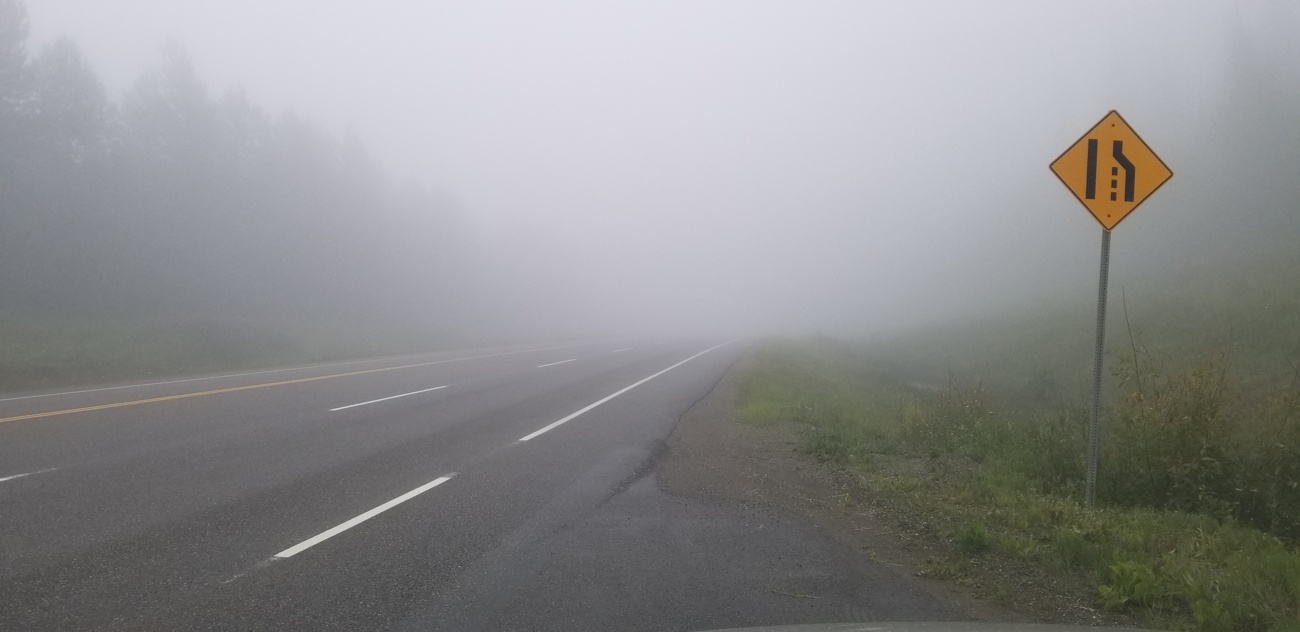
Road markings
If it is very dense, we can take as a reference the road markings on the right side of the road (on freeways and highways you should always drive in the right lane if there is fog), but paying special attention to two-wheeled vehicles and pedestrians that may occupy that space.
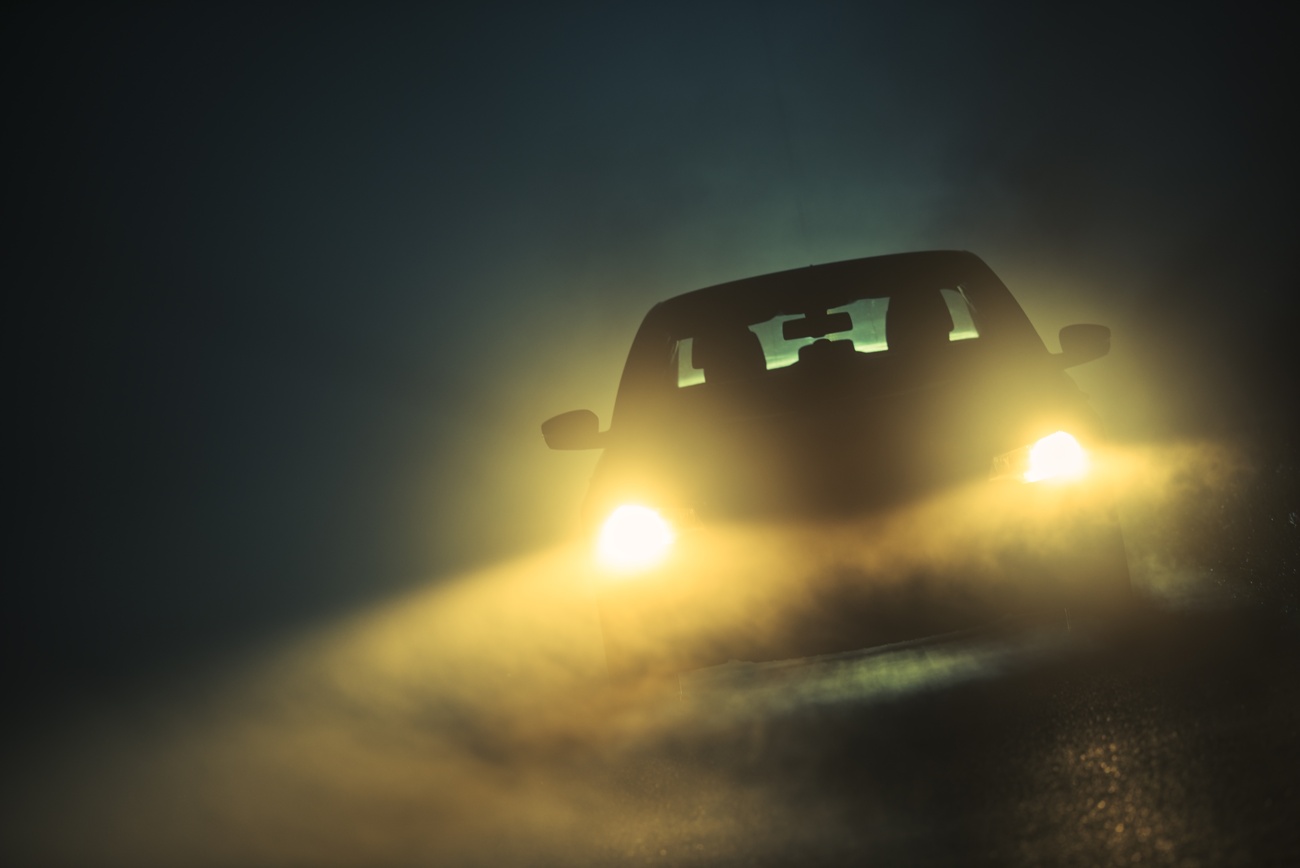
Signage
If, finally, the density of the fog or some other incident forces us to stop, we must pay attention to the signaling of our position so as not to surprise other drivers, turning on the emergency flashers, headlights and fog lights.
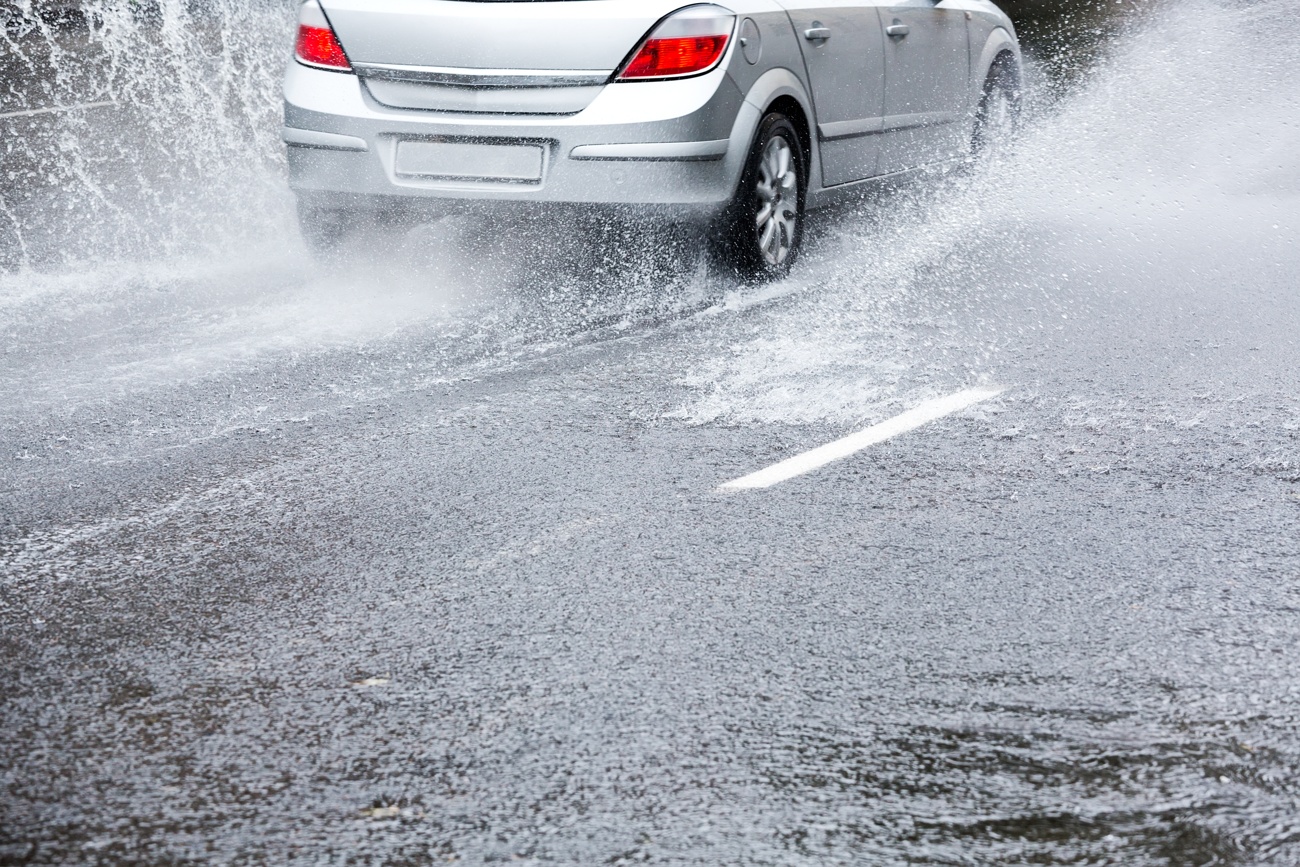
Loss of adhesion
In the case of rain, in addition to visibility problems, it is also necessary to add the loss of adhesion of the vehicle, so it is not only advisable to turn on the dipped headlights, but also other types of measures.
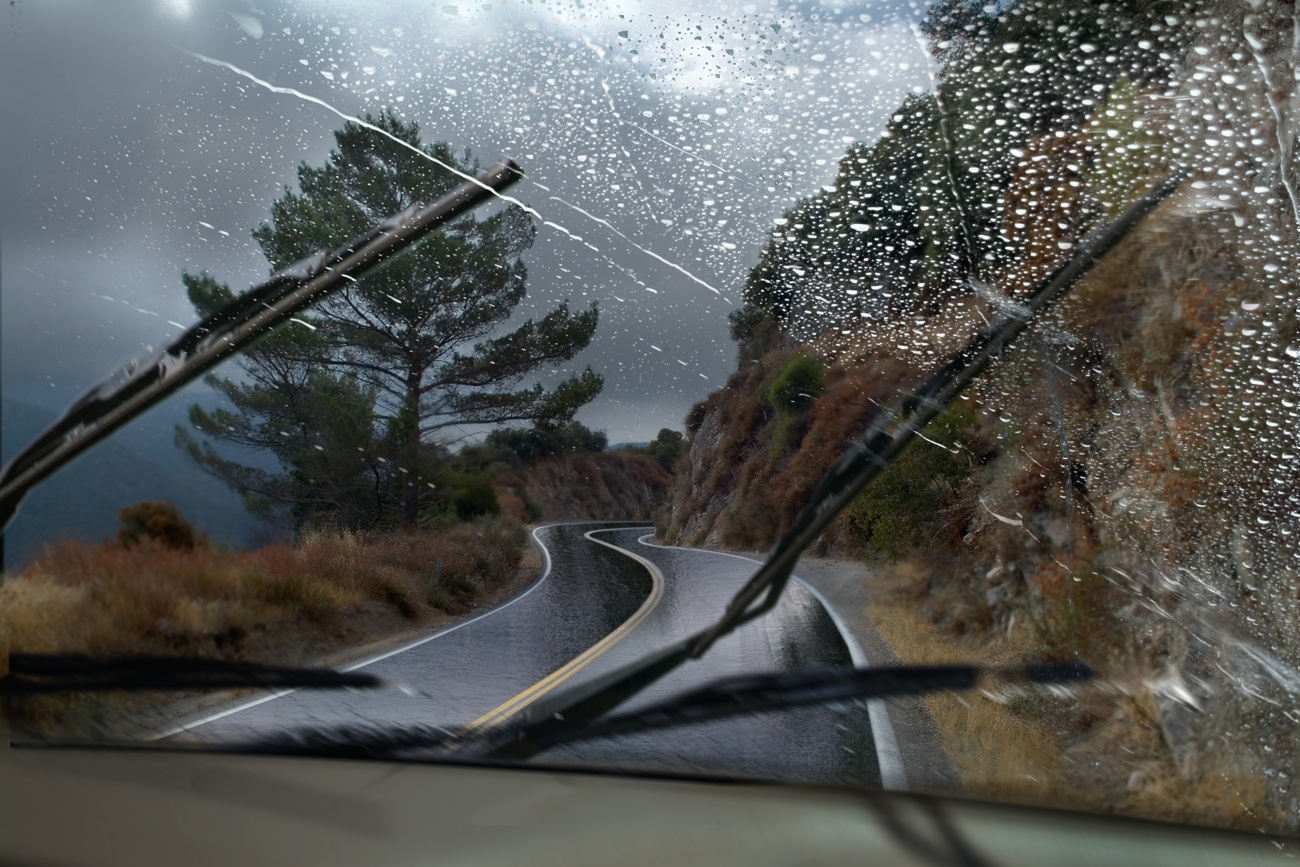
Check the efficiency of the brakes
Against the rain, it is necessary to use anti-fogging measures on the windows and mechanical systems, such as directing the interior heating of the vehicle towards the windows (and wipe them with a dry cloth), periodically check the efficiency of the brakes, touching them gently to dry the humidity of the brake pads.
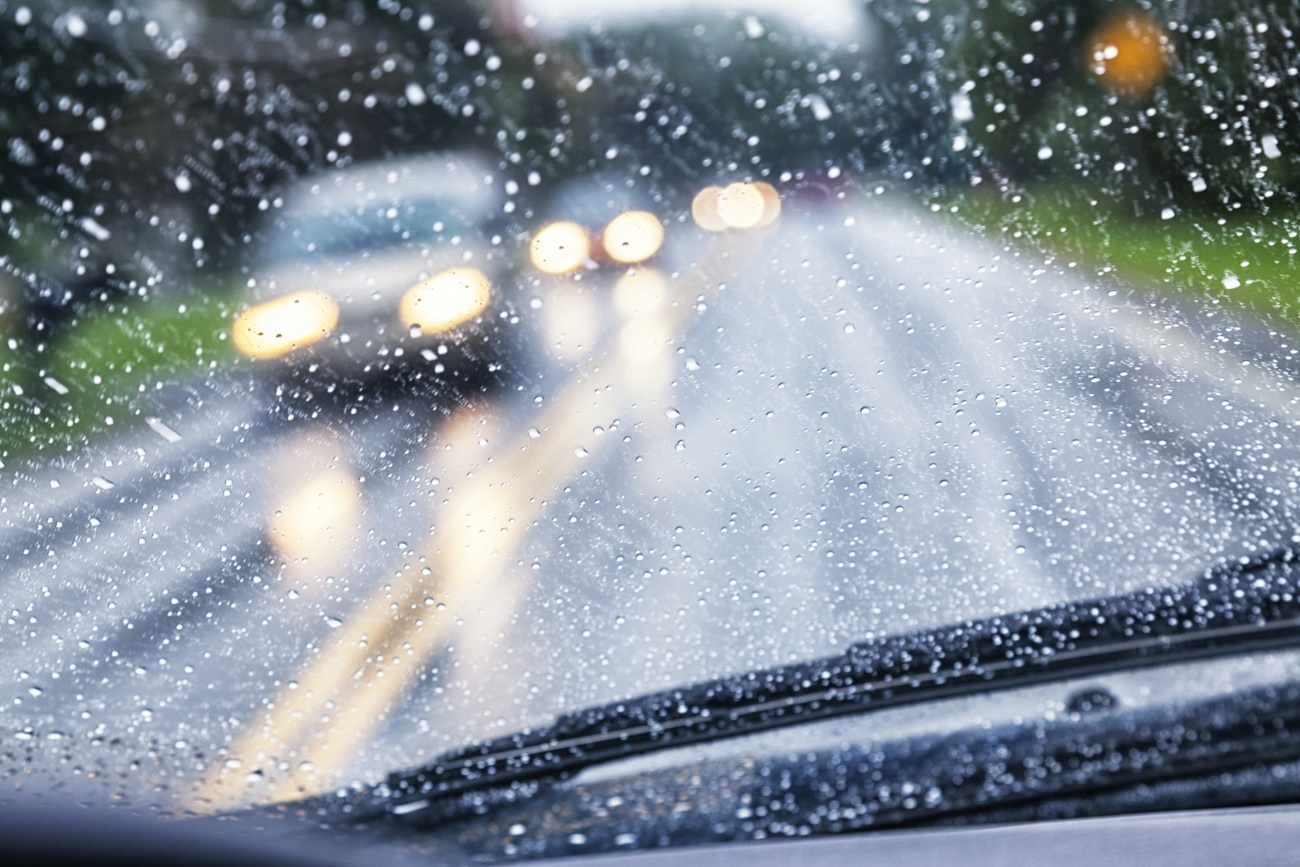
Avoid sudden braking
It is also important to avoid sudden braking, which can cause skidding and aquaplaning, and to increase the safety distance to the vehicle in front.
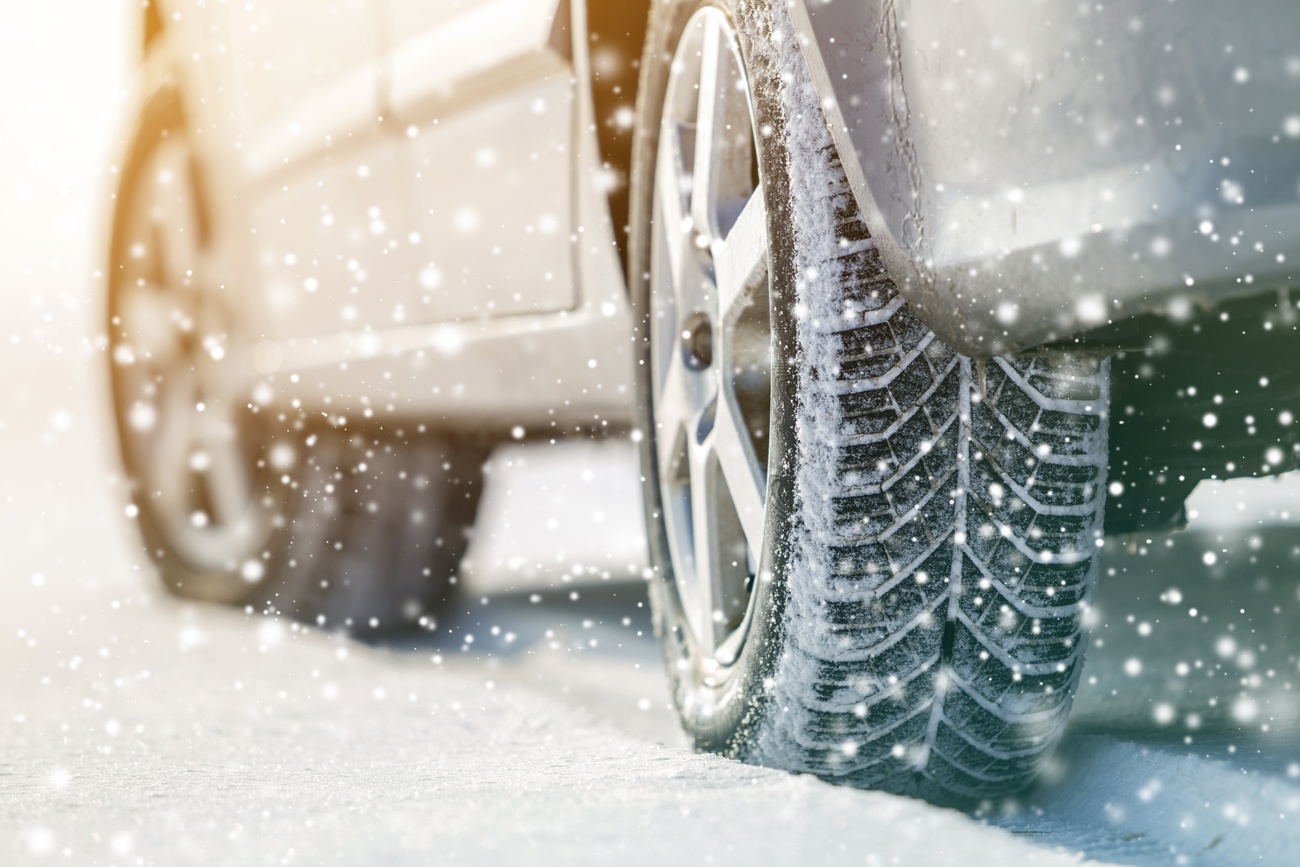
Snow and ice
If rain causes the vehicle to lose grip, snow and ice make grip disappear completely. The use of approved snow chains or winter tires will help us with this problem.
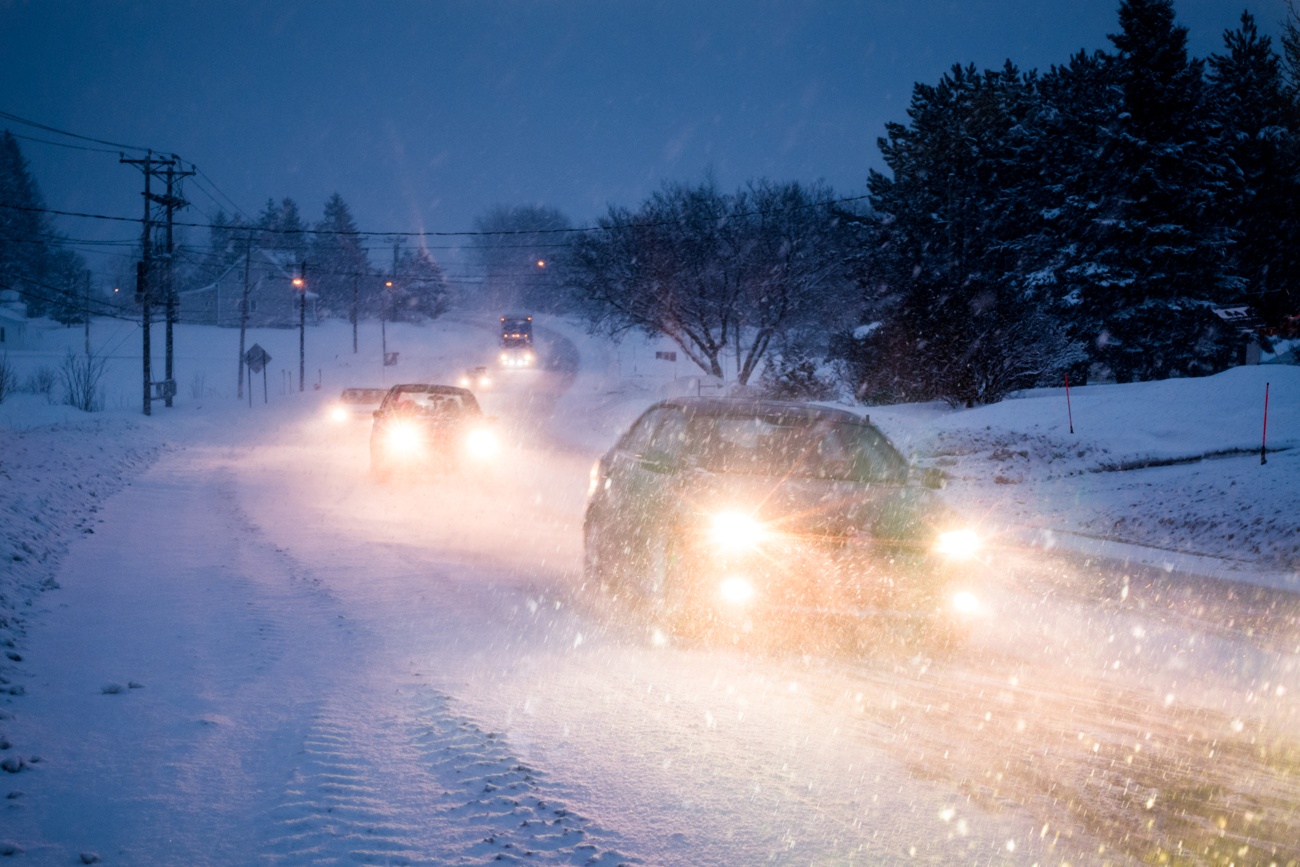
Beware of what the snow hides
Also keep in mind that the first flakes already turn the asphalt into a slippery surface and that heavy snowfall can obscure road signs and markings, further reducing visibility.
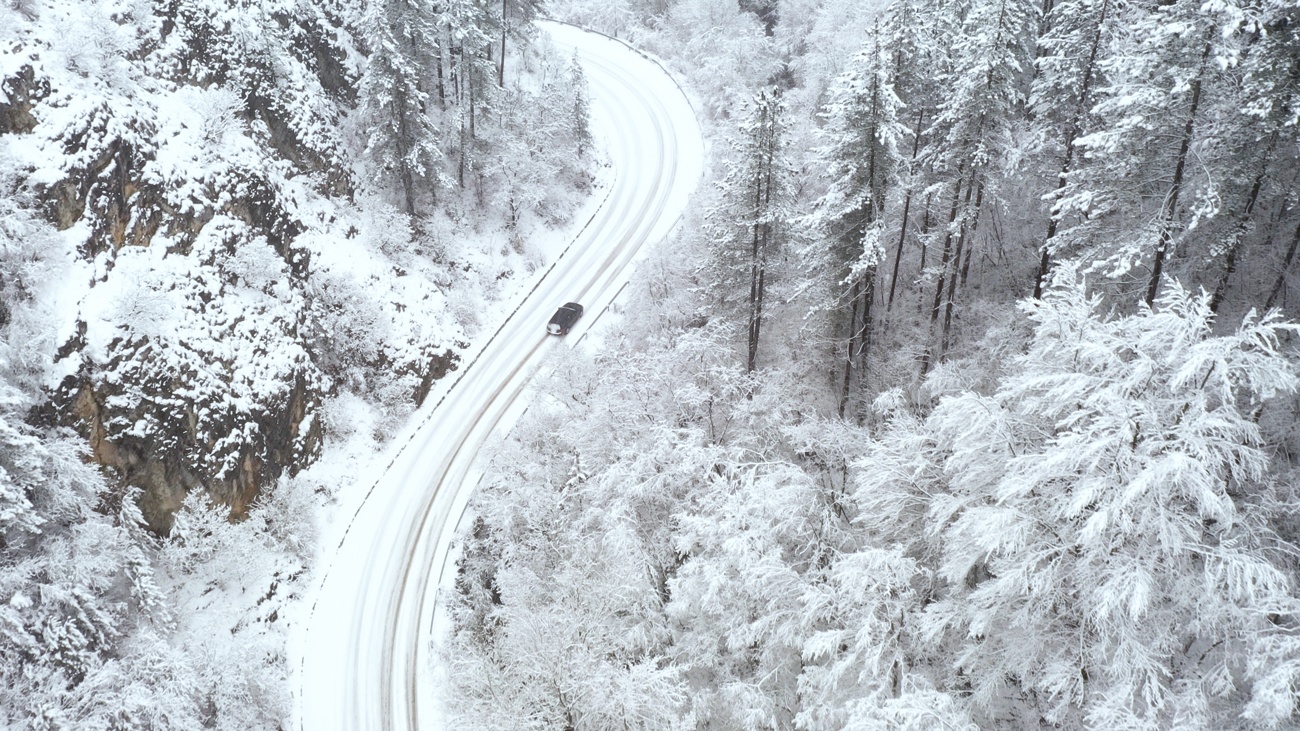
Follow the shooting
Driving following the tracks of preceding vehicles, being extremely smooth when turning, accelerating and braking, and driving in the highest gear possible will also help to avoid any unpleasant surprises.
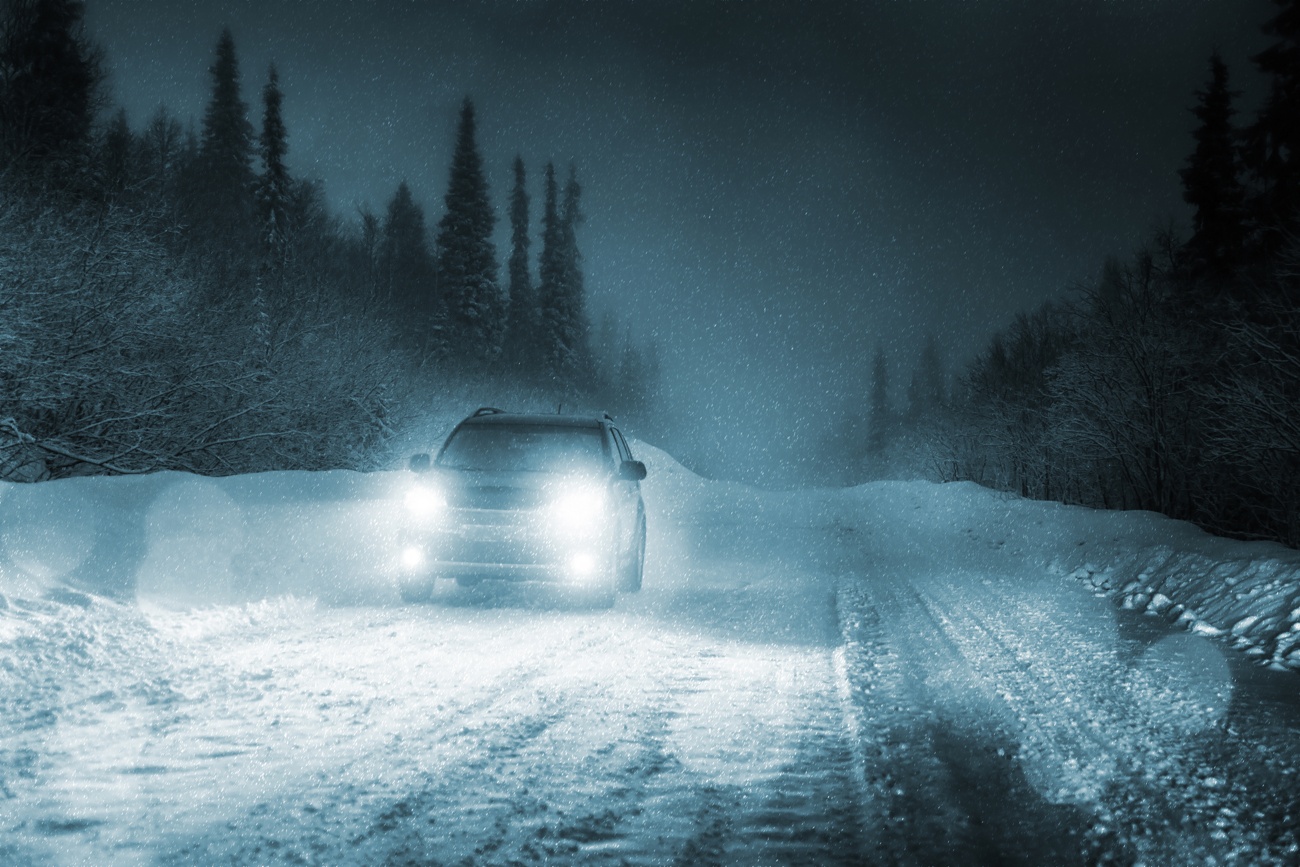
Adapts the speed to the conditions
The other measures are similar to those to be taken in fog and rain: turn on the dipped headlights and fog lights if the snowfall is very dense, adapt the speed and safety distance, do not brake sharply and avoid overtaking and, in case of any incident on the road, immediately turn on the emergency flashers, headlights and fog lights…
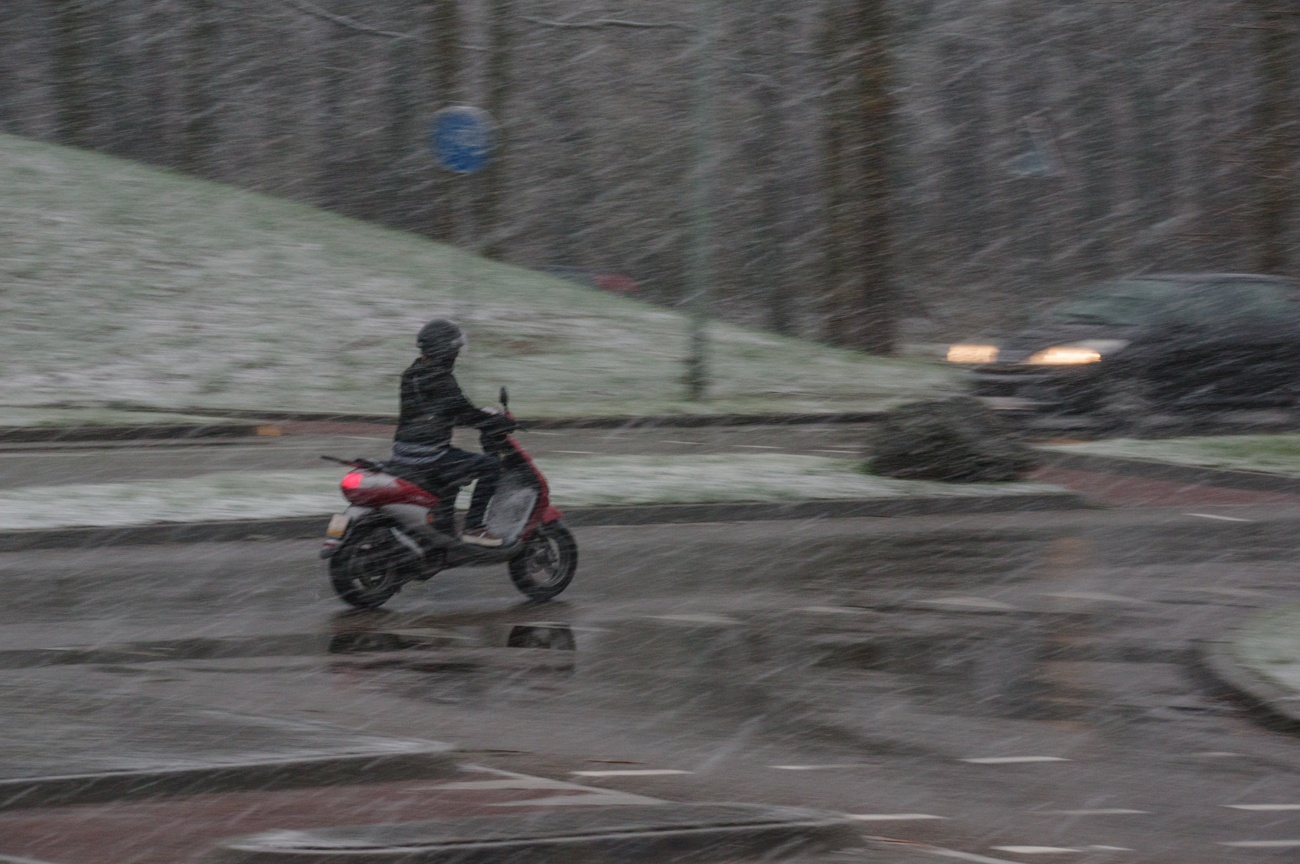
The unpredictability of the wind
An unexpected gust of wind can be as dangerous as the meteorological situations described above, both because of its strength (capable of altering the vehicle) and its unpredictability.
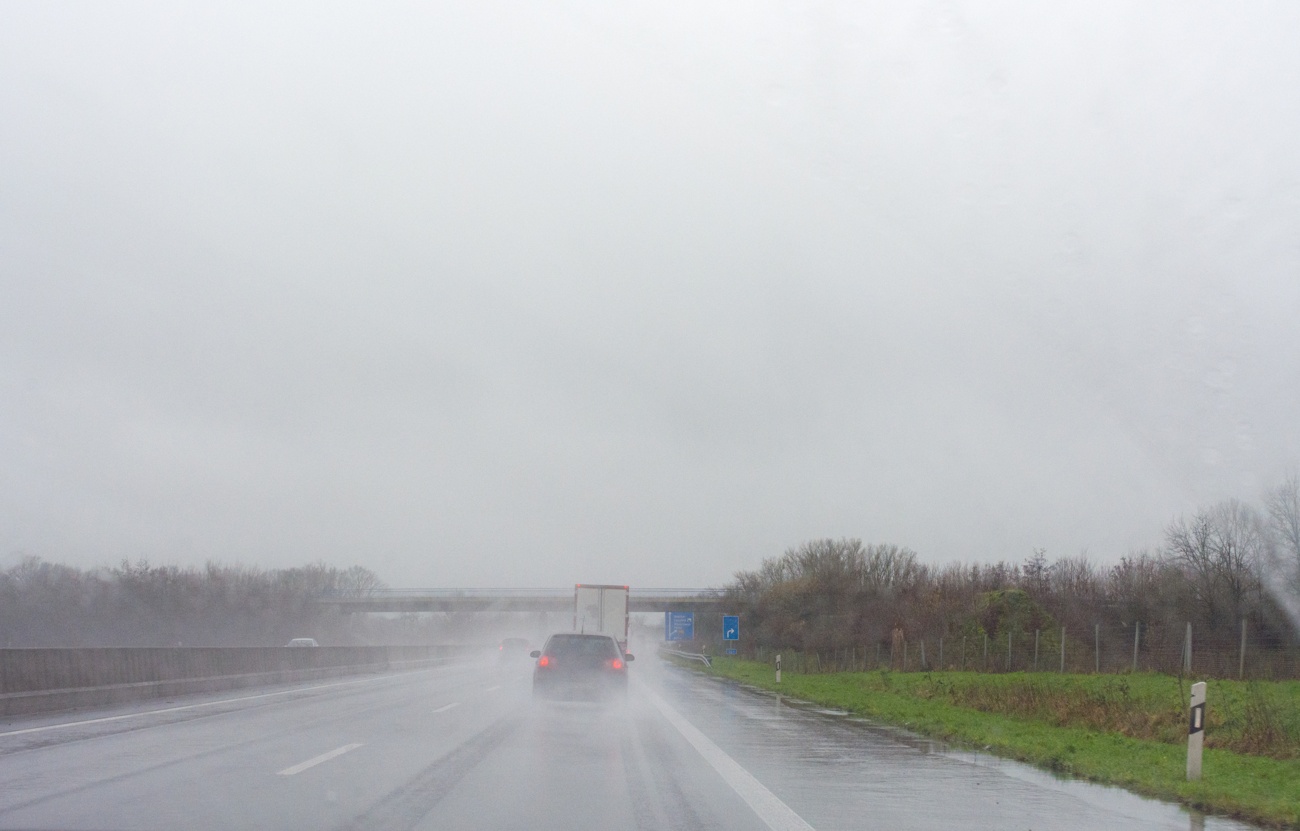
Holds the steering wheel tightly
In the event of a sudden strong gust of wind after overtaking, at intersections with other vehicles, at the exit of a tunnel and, in general, in unprotected areas of the road, the only thing to do is to slow down and hold the steering wheel tightly to avoid dangerous deviations.

Night driving
For some drivers, the risks of driving at night are offset by the peace and quiet of the road in the early hours of the morning. However, it should always be kept in mind that the reduced visibility makes it necessary to observe certain precautions.
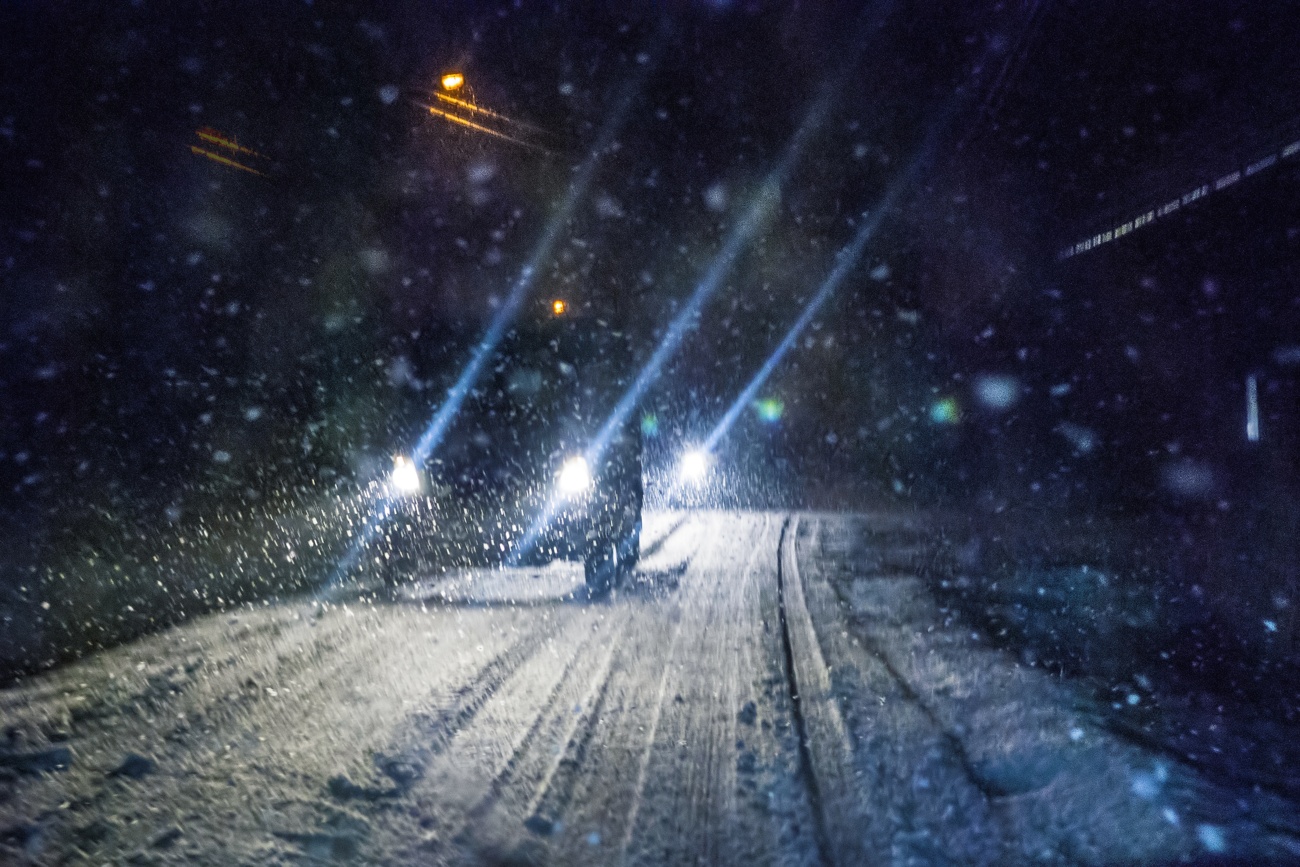
Monitor the use of lights
Reduce speed by up to 20% of the speed limit (since the low beam is not sufficient to illuminate the entire braking distance), be careful to use our high beams so as not to dazzle other drivers, combat drowsiness by airing the vehicle (never directing the car grilles towards the eyes), listening to the radio (if it helps) and making stops every 200 km or two hours (or whenever we feel fatigue) to recover the necessary conditions to drive safely.
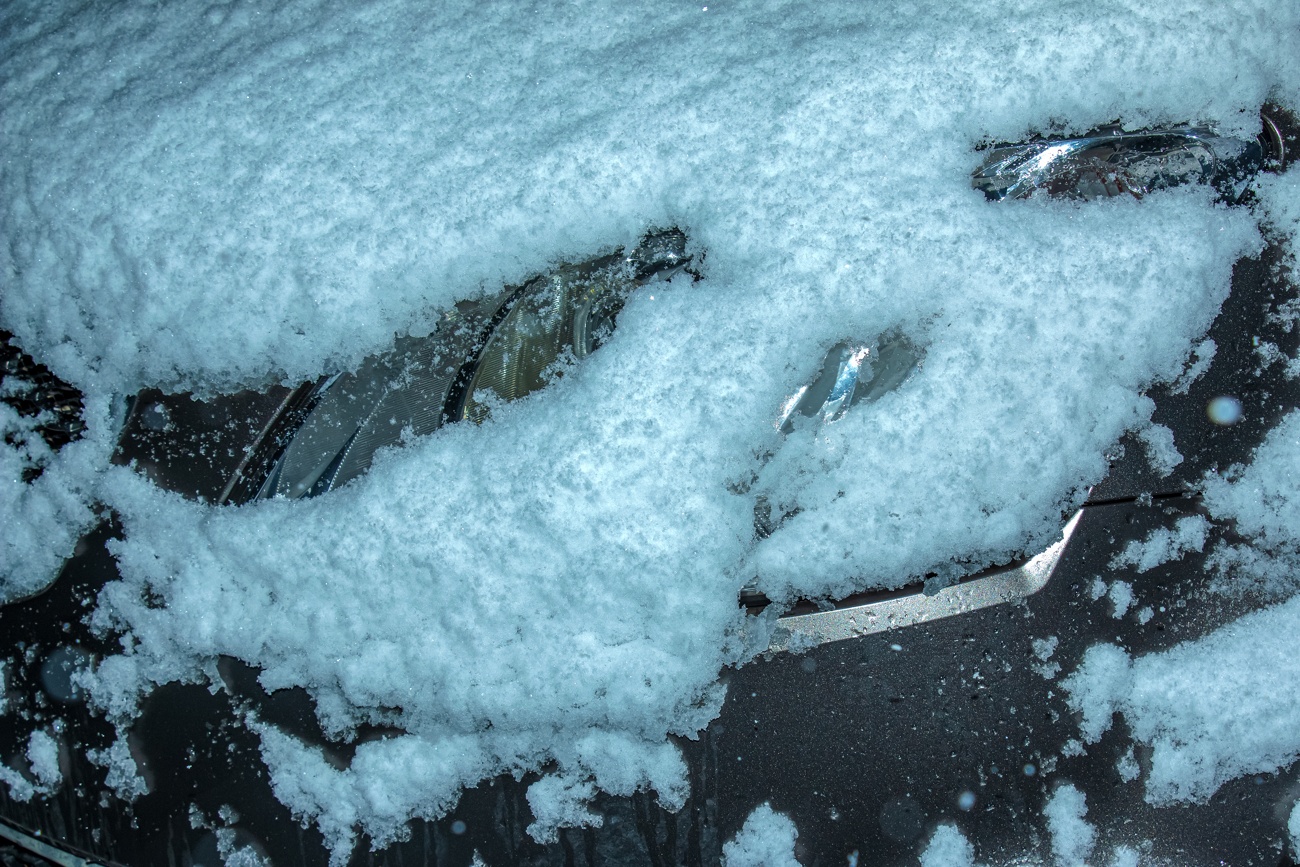
Clean the car lighting
In addition, if it is a rainy night, we must take advantage of these stops to clean mud and dust from the lighting and signaling of our vehicle.
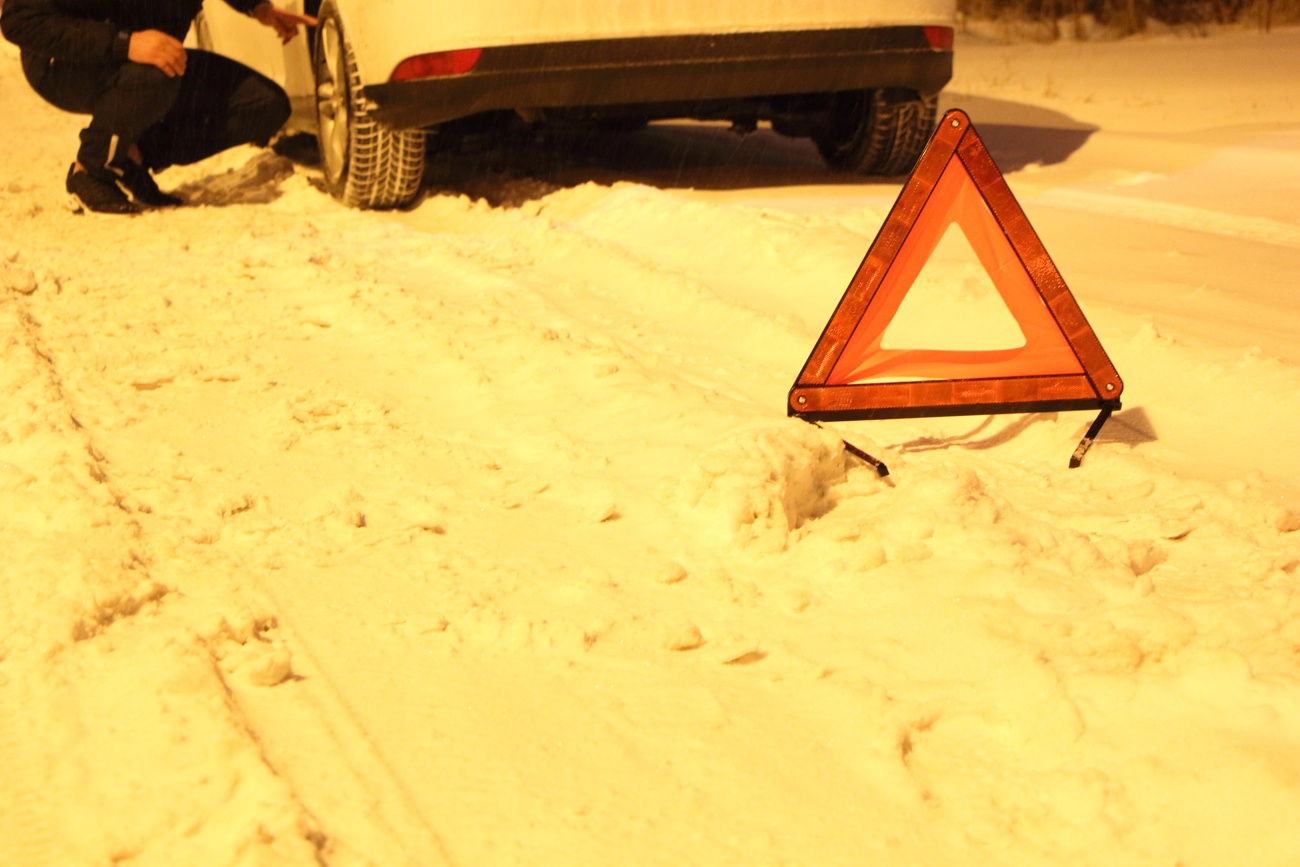
Mark your vehicle
Finally, in case it is necessary to stop the vehicle on the road, recommendations to ensure its visibility should be maximized, with flashing lights and emergency triangles, as well as precautions when getting out of the vehicle.

